
QIP NSQHS Standard 6 Communicating for Safety NSQHS Second Edition YouTube
Effective safety communication is a vital component of building a safety culture. It strengthens employee safety by ensuring employees: Understand their roles and responsibilities in an emergency; Are aware of emerging and ongoing threats; Know how to avoid unsafe practices and exposure to hazardous threats

Communicating for safety Effective clinical handover
Effective safety communication ensures that safety information is accurately and clearly communicated to all relevant stakeholders, enabling workers to understand safety procedures and regulations, identify safety hazards, and take appropriate measures to prevent accidents and incidents (72, 113, 117, 163, 166, 167).

Communicating for safety module The importance of communicating for safety YouTube
11. Avoid Distractions: Put away any distracting items, such as phones or papers, to show that the conversation is a priority and that you are fully present. 12. Give Positive Reinforcement: Provide positive reinforcement for the individual's safety efforts or willingness to raise safety concerns.

4 Personal Ways To Better Your Safety Communication
1. Be Specific Avoid using generic statements like "be safe" or "safety first" in your safety communication. These types of statements literally go in one ear out the other. People are so used to hearing them, that they tune them out when they hear them.
Maximizing Visual Safety Communication with Safety Icons EHS Blog
When employees regularly communicate with each other in an open, respectful manner, they are also more willing to give and receive feedback. Efective communication also supports teamwork and coordination between groups. Employees learn about, and become part of, an organization's safety culture through communication.
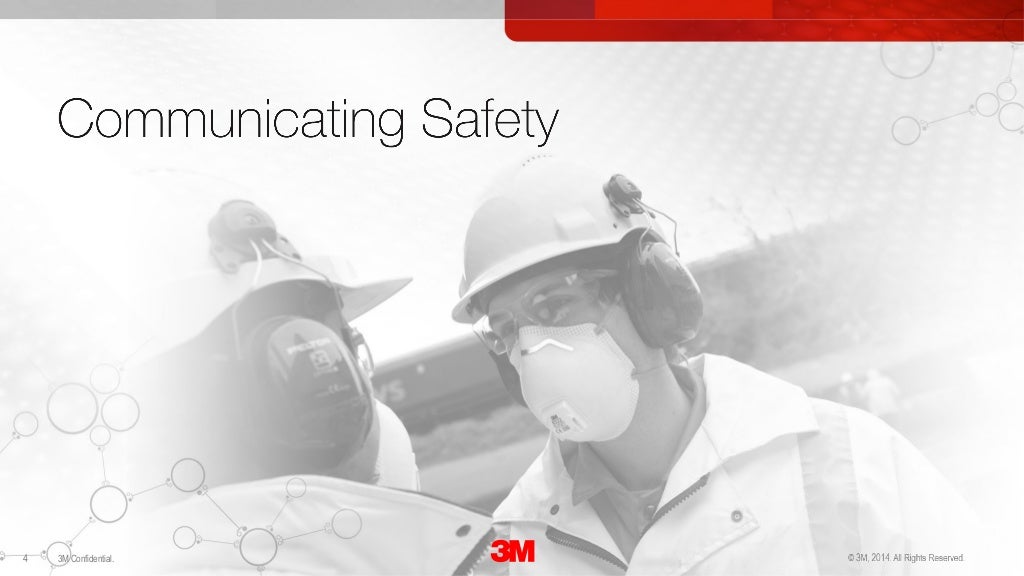
Communicating for Safety
The Communicating for Safety Standard aims to ensure timely, purpose-driven and effective communication and documentation that support continuous, coordinated and safe care for patients. This standard recognises that effective communication is needed throughout patients' care and identifies high-risk times when effective communication is critical.

Safety Communication As A Powerful Tool For Prevention My Decorative
The basics of good safety conversations. Tips for holding diferent types of safety conversations and making them more efective. Ways to overcome common reasons people avoid safety conversations. The power of stories to enhance your safety conversations.
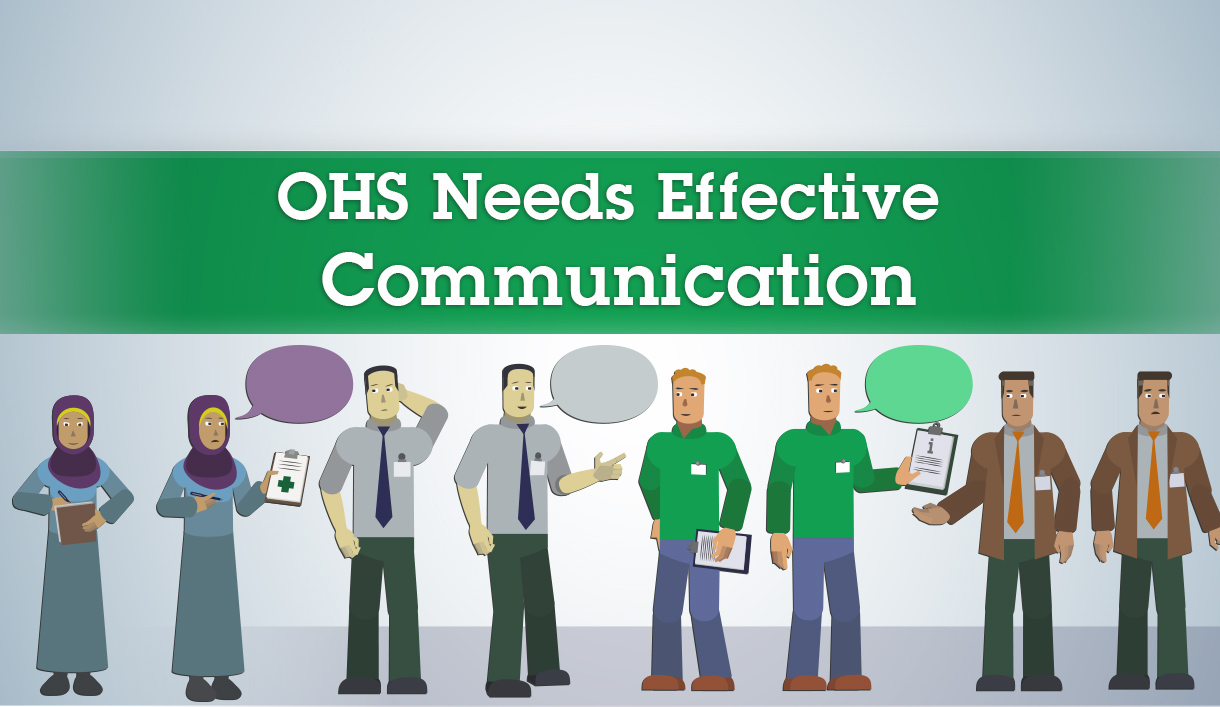
OHS Needs Effective Communication SHEilds Health and Safety Blog
Key principles in safety critical communications: Identify who needs to communicate, and what their communication needs are. This could be identified during risk assessment. Companies should consider the medium (eg face-to-face, procedure, radio) and method (eg written, verbal) Consider timings of key communications eg draw attention to hazards.
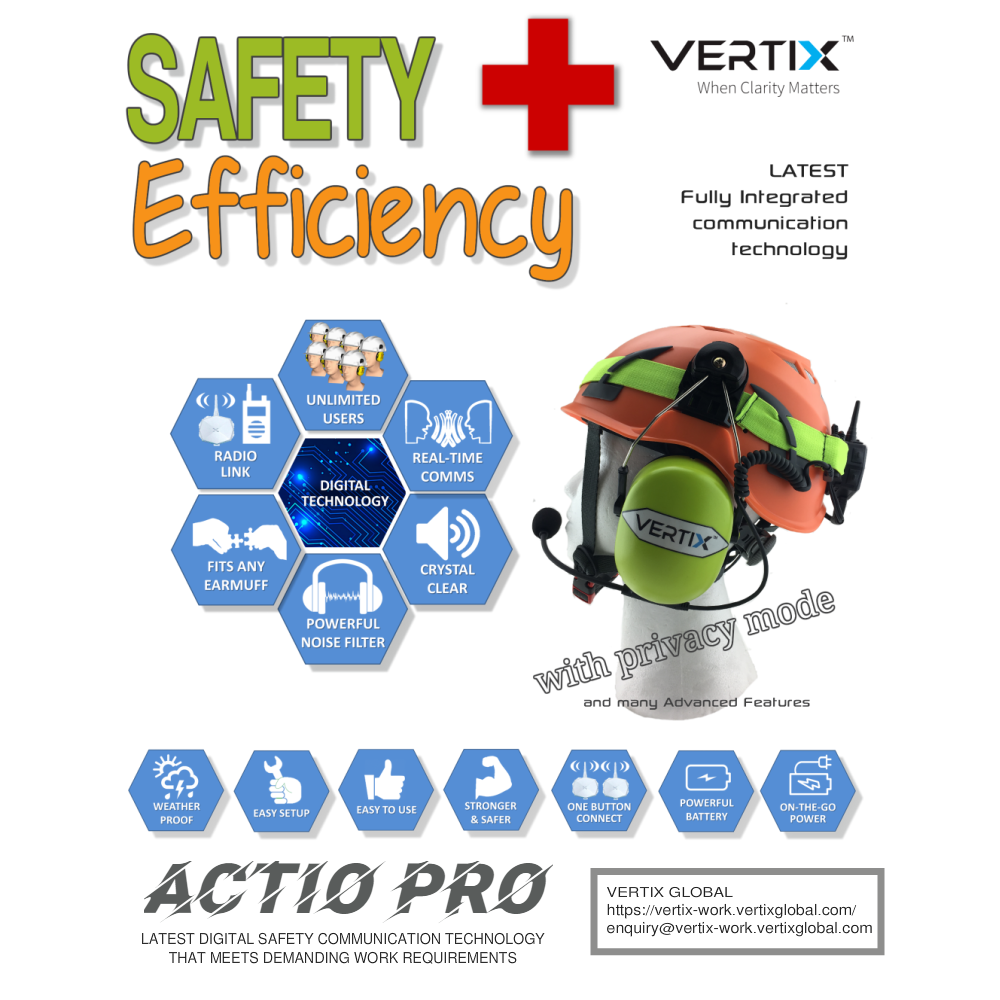
Is Your Work Safety Communication System Addressing Your Needs Correctly? World of Safety and
The prevalent communication style of managers and supervisors is a barometer of the safety culture. Occasional, one-way safety conversations are telltale signs of a culture of compliance. Frequent, interactive safety conversations are indicative of a culture of commitment. In "Control or Caring? What Is your Motive for a Safety Conversation?"
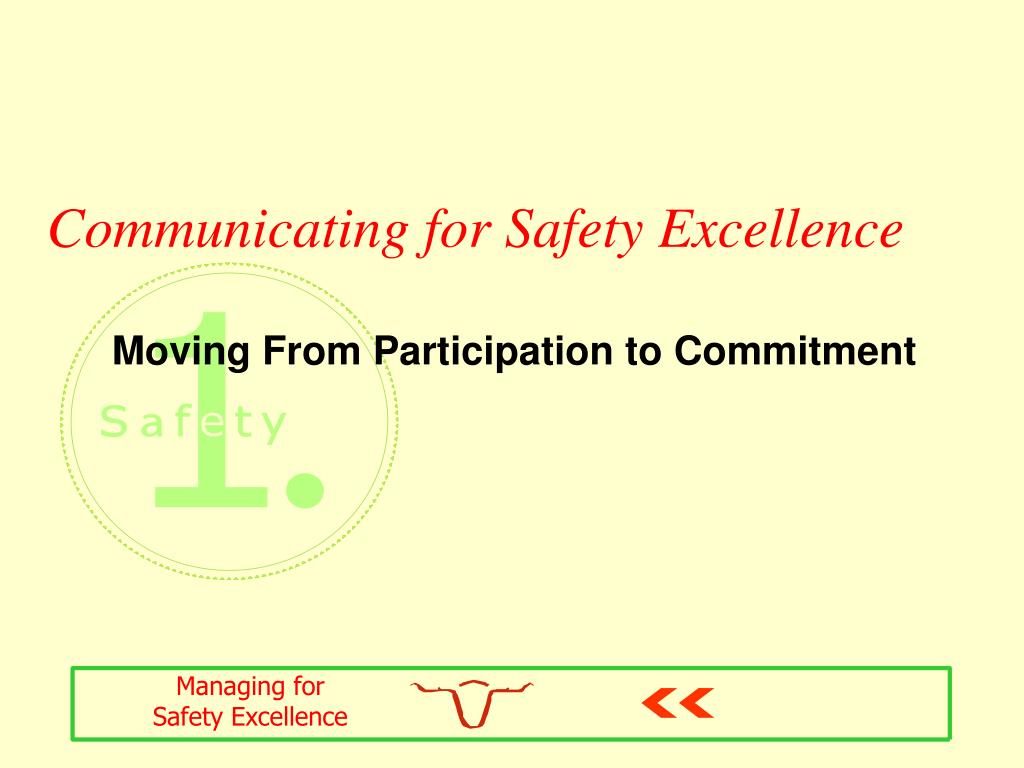
PPT Communicating for Safety Excellence PowerPoint Presentation, free download ID650208
Communication Strategies for Achieving a Total Safety Culture | EHS Today Employers need to overcome the perception that giving safety-related feedback creates interpersonal conflict.

Safety Communication Signs Identify Needs FASTSIGNS
Here are 10 safety communication skills you need to learn, in order to motivate your workforce towards safety excellence. Create sticky messages - An often overlooked role of the safety professional is to critically think about what the safety information is highlighting and then communicating it in such a way, that people can understand what.

Patient Safety In Healthcare YouTube
Companies communicate safety with oral, written, and digital means. The choice of means should consider the requirements of the particular work context and tasks, for example, Nordlöf et al. (2015) found that workers perceive using walkie-talkies as more efficient than body language and gestures.
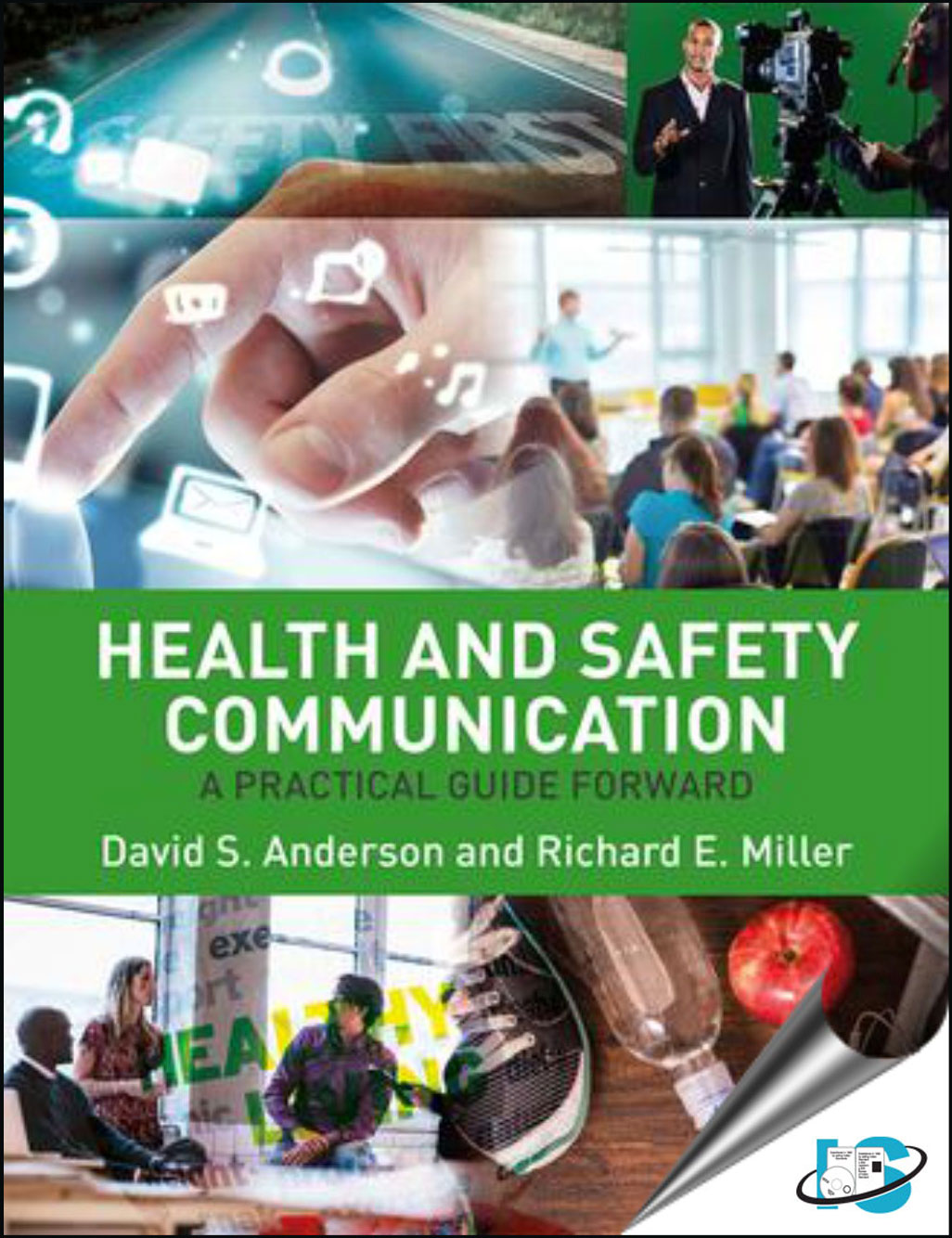
Health and Safety Communication A Practical Guide Forward, David S. Anderson, Richard E
Communicating for safety involves the accurate and careful exchange of information about a person's care between treating clinicians, members of a multidisciplinary team, and between clinicians and patients, families and carers. Clinical communication is known to influence quality and safety outcomes throughout the patient journey.

Workplace Safety Communications 10 Best Strategies For 2023
R egistration for Communicating For Safety (CFS) 2023 is now open! Hosted annually by NATCA, CFS is the aviation industry's leading conference focusing on safety, technology, and relationship building.

Communication Prevents Accidents Safety Sign, SKU S21636
Effective and transparent communication can strengthen your workplace's safety culture. According to a survey by Forbes Advisor, 49 percent of workers say that poor communication interferes with their productivity and job satisfaction. Advertisement. The issues don't stop there, though. Poor communication also has a significant impact on.
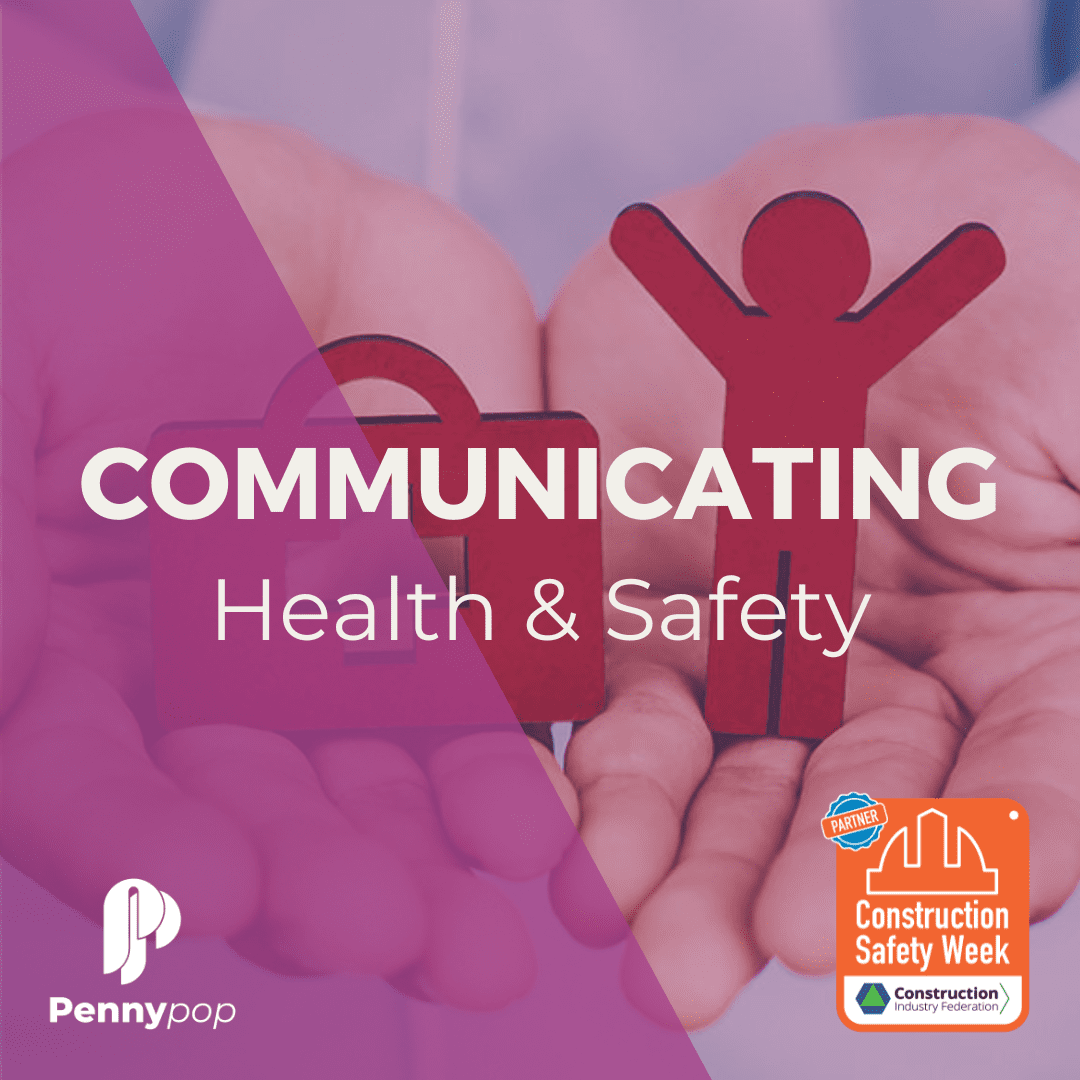
Creating an effective Health & Safety Communications Plan Pennypop Marketing Agency
Effective safety communication is: 1. Interactive. It flows both ways. You speak about safety and you listen to employees' concerns and suggestions. 2. Informative. It tells employees what they need to know to work safely under all conditions. 3. Positive.